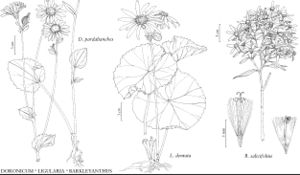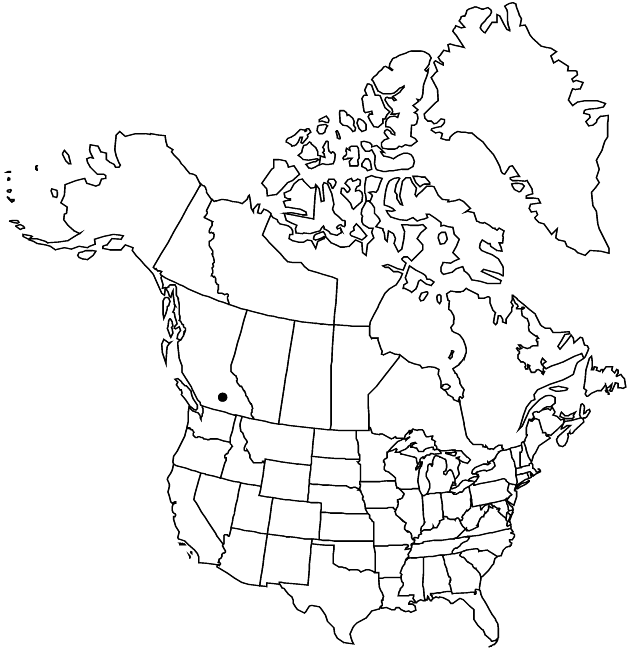Difference between revisions of "Doronicum pardalianches"
Sp. Pl. 2: 885. 1753.
Common names: Great leopard’s-bane
Synonyms: Doronicum cordatum Lamarck
Treatment appears in FNA Volume 20. Treatment on page 612.
FNA>Volume Importer |
FNA>Volume Importer |
||
| Line 51: | Line 51: | ||
|publication year=1753 | |publication year=1753 | ||
|special status= | |special status= | ||
| − | |source xml=https://jpend@bitbucket.org/aafc-mbb/fna-data-curation.git/src/ | + | |source xml=https://jpend@bitbucket.org/aafc-mbb/fna-data-curation.git/src/f6b125a955440c0872999024f038d74684f65921/coarse_grained_fna_xml/V19-20-21/V20_1374.xml |
|tribe=Asteraceae tribe Senecioneae | |tribe=Asteraceae tribe Senecioneae | ||
|genus=Doronicum | |genus=Doronicum | ||
Revision as of 19:41, 24 September 2019
Plants 30–90 cm. Stems sparsely pubescent proximally, nearly glabrous distally. Leaves: blades of basal leaves ovate-orbiculate, 6–12(–19) × (5–)7–14 cm, bases cordate, margins weakly dentate or entire, faces (and petioles) glandular-pubescent; cauline leaves 3–7(–10), petiolate (proximal) or sessile (distal), blades ovate to lanceolate, bases clasping or not. Heads 3–12(–17) in corymbiform arrays, 3–5(–6) cm diam. Peduncles 12–85 mm. Phyllaries linear-lanceolate, (8–)12–18 mm, lengths about 2/3 rays, apices acute. Ray corollas 16–24 mm. 2n = 60.
Phenology: Flowering May–Sep.
Habitat: Moist forest openings, disturbed areas
Elevation: 0–100+ m
Discussion
Selected References
None.
Lower Taxa
None.

